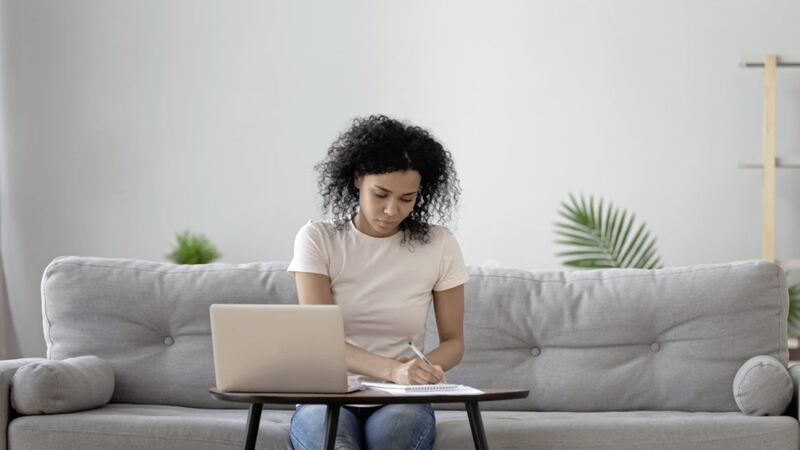DURING lockdown millions of us were suddenly forced to work from home for long hours every day, smiling through Zoom meetings at the kitchen table, perching on the sofa to write reports, or sitting on a hard chair in a spare bedroom.
These work stations put a strain on the body and, according to a recent survey by the Institute of Employment Studies, there has been a "significant increase in musculoskeletal complaints" in lockdown.
"The body is designed to move," says physiotherapist Uzo Ehiogu. "Pressure sensors around the body send signals to the brain to register discomfort and trigger the urge to move."
After all, how many of us who usually work in an office actually have an ergonomically designed chair at home?
Tim Allardyce, a physiotherapist and osteopath, says he and his team are dealing with an increase in chronic neck pain (which he calls "laptop neck").
So what is the best solution?
"Reduce the amount of time you spend leaning forwards over a laptop to a maximum of 15 minutes," says Tim.
"Raise your laptop on a pile of books so you don’t have to look down, and make a point of continually moving around."
Perhaps the most frequently used ‘home office’ during lockdown has been sitting at the kitchen table. But spending too long in this position can trigger tenderness in the upper trapezius muscles, which run from the neck to the shoulders.
Tim suggests that you try these three neck exercises 10 to 15 times, two to three times a day:
:: Neck retraction. Gently draw your head and neck back and in, so they’re upright, rather than bent forwards.
:: Rotate your head, to the left, then to the right, to improve the range of movement.
:: Bend your head, taking your ear towards your shoulder on each side to mobilise a stiff neck and reduce pain.
If sit on a sofa, possibly woking at a low table, the key is to take every opportunity to change your sitting position.
In addition, use a cushion to support the lower back and "try raising your laptop on a box so you can keep your spine straight rather than hunching, or spend part of your working day on a Swiss ball (usually used for exercise) which helps keep you upright".
Tim suggests getting into the habit of stopping work briefly every 30 minutes for a one to two-minute walk, even if it’s just a stroll to another room, throughout the day.
"As long as you stay active, any mild pain or stiffness accumulated during lockdown should gradually ease over six to eight weeks without needing treatment," agrees Uzo Ehiogu.
© Solo dmg media








